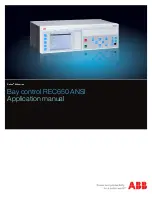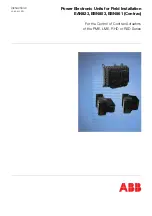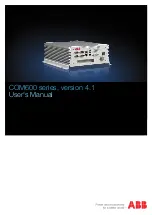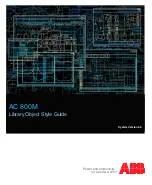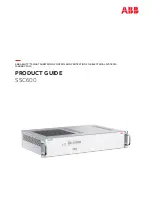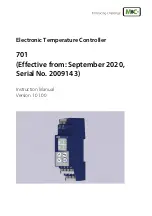
December 2019
Installation, Operation and Maintenance Manual
MAN-02-05-62-0742-EN Rev. 0
7.1.1
Flushing Unit
A separate flushing unit with its own flushing oil must be used for the flushing.
The purpose for this is:
1.
To check that A and B are mounted correctly on the connection block.
2.
To remove particles, where it is difficult to flush, from the pipes, e.g. in tanks and
similar. This especially applies to sand, after sandblasting.
7.1.2
Flushing with Nitrogen
Flushing with nitrogen is carried out at approx. 20 - 25 bar for about 1/2 - 1 minute,
dependent on the pipe length.
7.1.3
Flushing with Oil
Start the flushing unit and at return of the oil, shut off the return pipe with the ball valve.
Then carry out a pressure test on the pipes. (System pressure 1.5 - if not otherwise stated).
During pressure test possible leakages can be detected. Hereafter flushing can be carried
out, taking the following factors into consideration: flow in l/min., viscosity in cSt., pipe
length, inside pipe diameter. The stated factors can be read from the attached list.
Oil samples can periodically be taken of the return pipe at the flushing unit, and thus a time
schedule on the flushing time according to given pipe lengths can quickly be made. If the
oil sample can be approved according to supplier’s specification, the pipe connections at
actuator and manifold can be re-established.
Repeat the procedure on all units connected to the hydraulic system.
Reference
See Instruction SI 0001-5E04; “Flushing, Remote Valve Control System” attached to the
Appendix part in this manual.
23
Flushing Instruction
Section 7: Flushing Instruction































